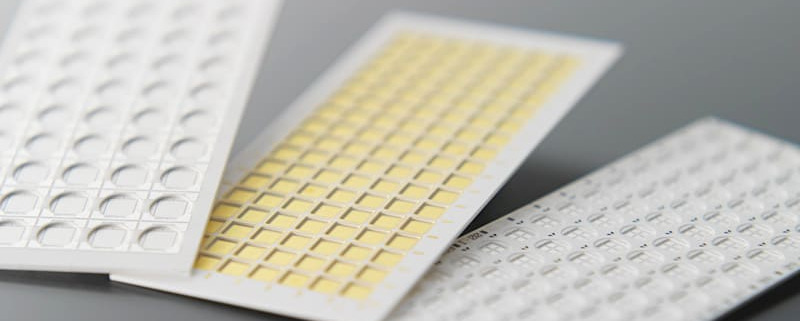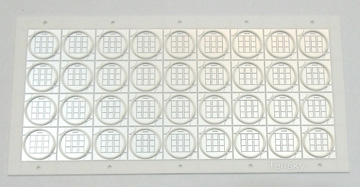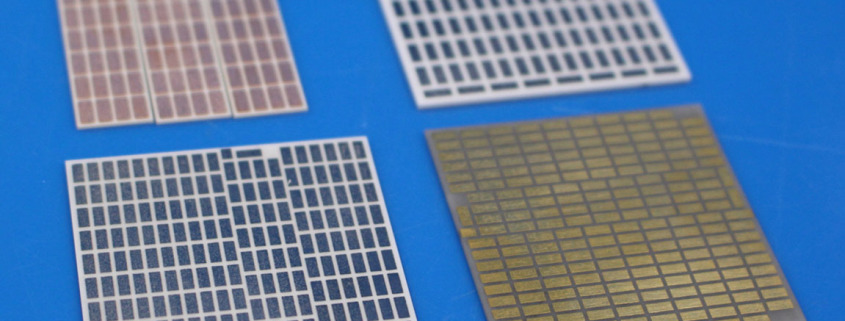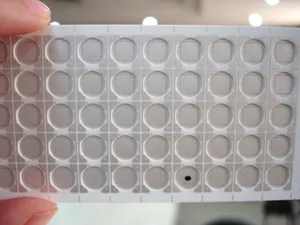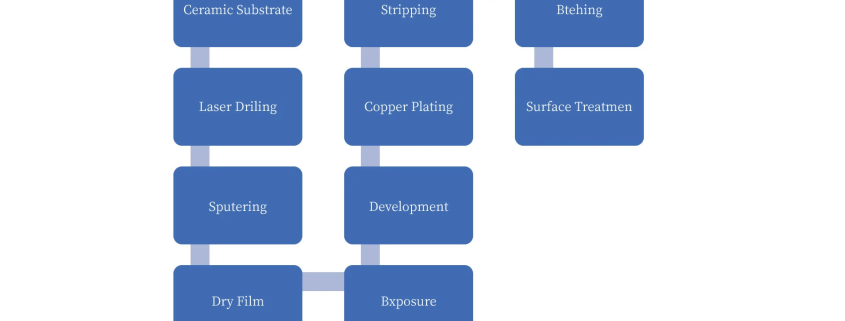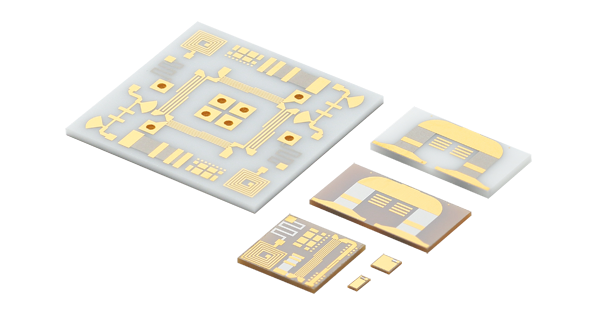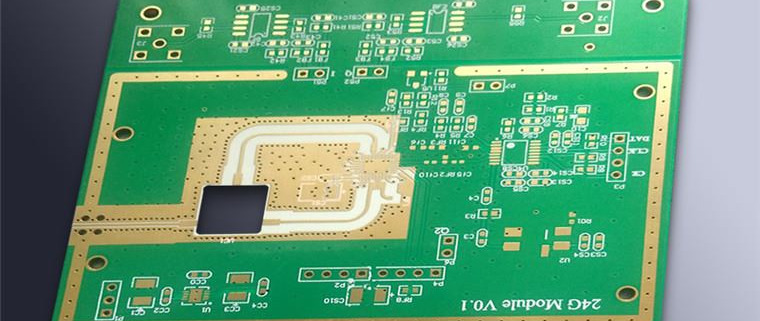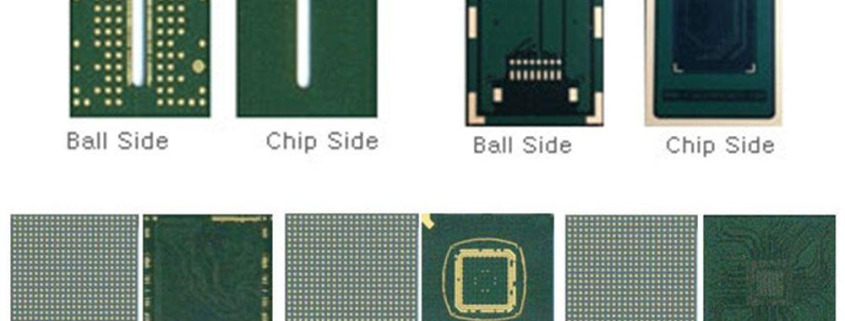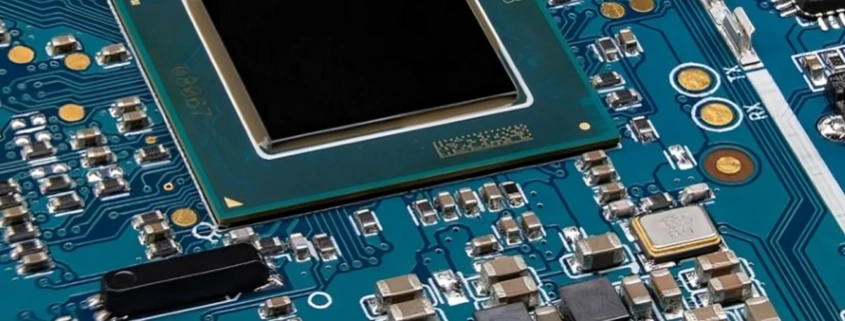Ceramic substrates are essential components in modern electronics, providing excellent thermal conductivity, electrical insulation, and mechanical stability. Low-Temperature Co-fired Ceramic (LTCC) is a specific type of ceramic substrate that allows for the integration of passive and active components in a compact form. Its unique manufacturing process enables multilayer designs, making LTCC increasingly popular in high-frequency and high-performance applications.
This article aims to explore the differences between ceramic LTCC and other substrate materials, shedding light on their respective properties, advantages, and applications. By examining ceramic LTCC vs substrate, we will provide insights into how these materials impact electronic design and performance, helping manufacturers make informed choices in their product development processes. Understanding these distinctions is crucial for optimizing performance and cost-effectiveness in electronic systems.
阅读更多
